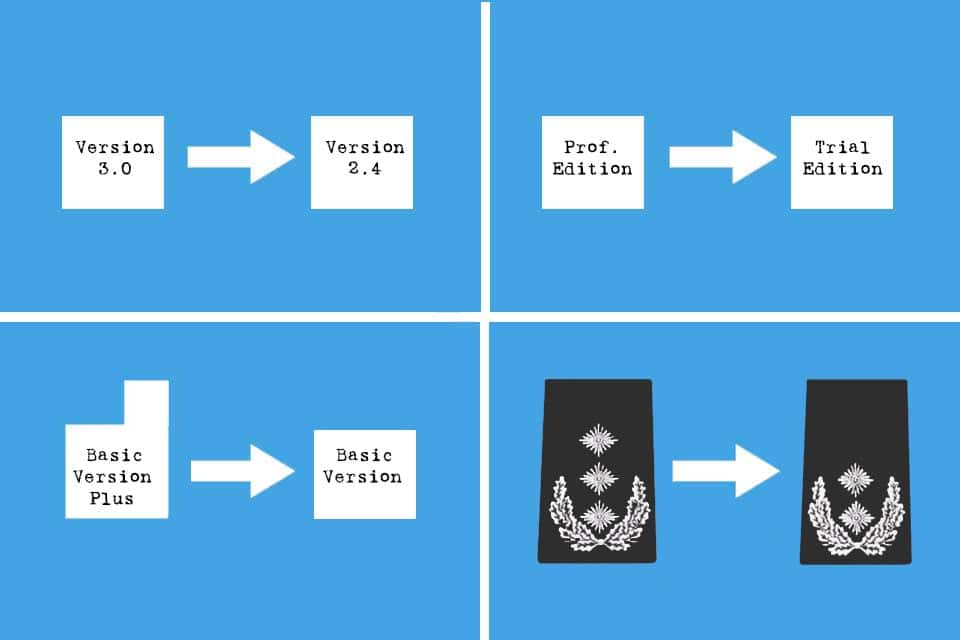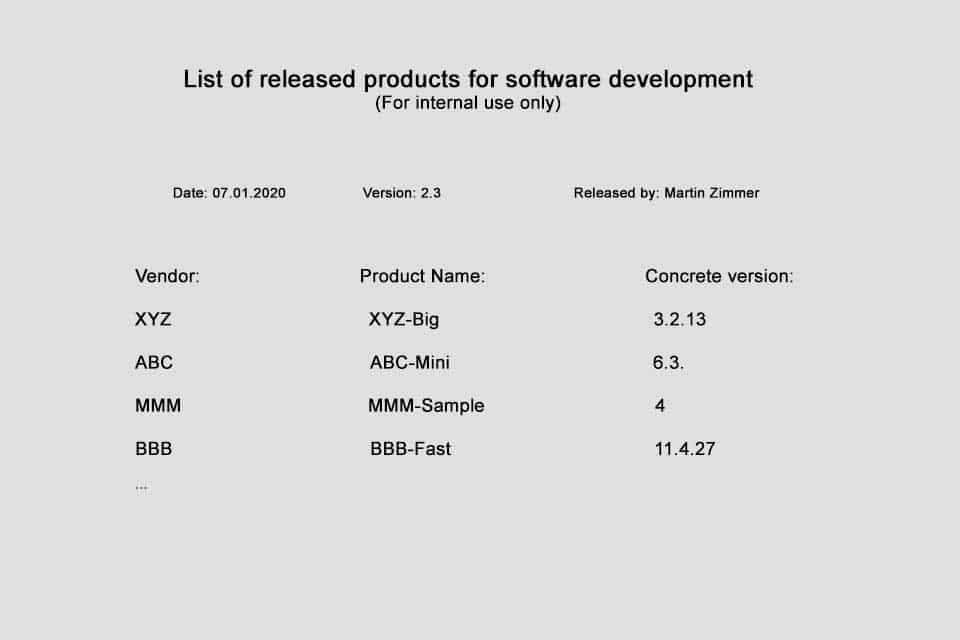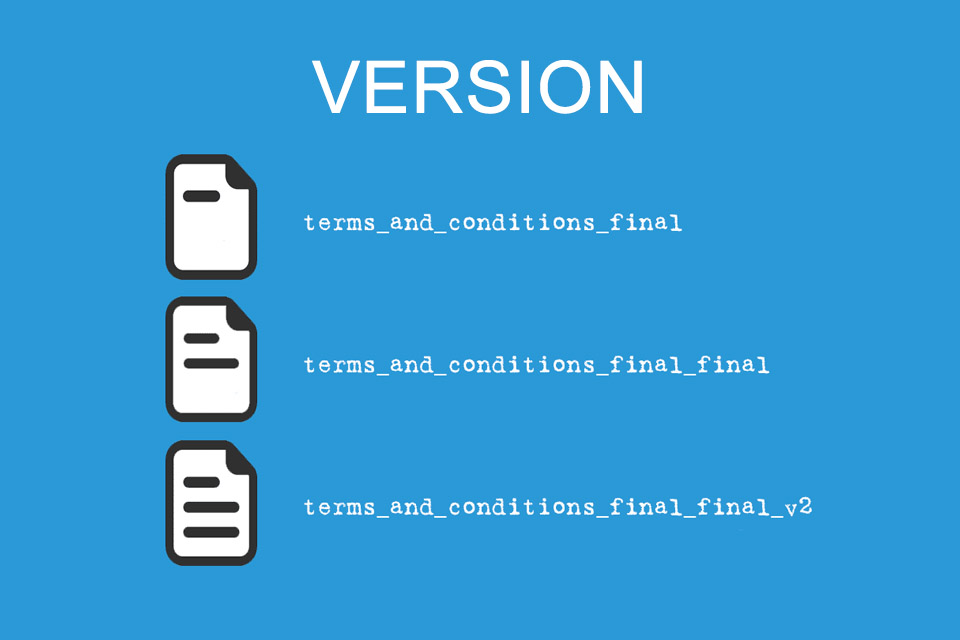What is a Downgrade?
Smartpedia: A downgrade is the reduction from a higher quality version of a product or service to a lower quality version. It can also be a demotion.
Downgrade – An intentional or unintentional relegation
Companies develop upgrades and updates and thus improved, higher-value versions of products and services. A downgrade refers to the reduction from a higher quality version of a product or service to an earlier, lower quality version. It is therefore often the reverse of an upgrade or update.
Although the term downgrade is common in the context of software and hardware, it is also used in other areas and situations. This is also due to the fact that there are numerous meanings. As a verb, to downgrade stands among other things for declassify, worsen, disarm, rebuild, lower and also slim down (devices, software). As a noun, downgrade stands among other things for degradation, demotion, reduction, relegation and gradient. And synonymous terms are backporting or retrofitting.
Software and hardware downgrades
In the context of software and hardware, a downgrade is usually understood as the reverse of an upgrade or update. A downgrade exists, for example, when a
- major or minor release,
- bug fix,
- hotfix,
- add-on,
- patch etc.
is uninstalled to bring the previous software version back into operation. There may be other downgrades as well:
- Instead of a paid software version such as a Professional or Enterprise Edition, a free Trial or Personal Edition is used (sometimes observed when a free variant of a virus scanner is used in a private environment instead of a paid one).
- The deinstallation of individual software modules or components, and thus the abandonment of selected extensions.
There are also downgrades in the context of hardware, e.g. when organisations make a decision,
- to use computers with less equipment in the future to reduce maintenance and service costs,
- prohibit colour copies and allow only black and white copies
The essential characteristic for downgrades in both software and hardware is therefore downgrading from a higher, better, more performant and often expensive solution to a lower, earlier, less performant (and possibly cheaper) version.
Reasons for software and hardware downgrades
There are a number of reasons that can lead to software and hardware downgrades. Here you can find some reasons:
- The new software version is prone to errors, endangers operations, is not practical.
- It is no longer compatible with other systems. This happens, for example, when interfaces change.
- Internal extensions no longer work as before. This happens, for example, when users independently extend functions, program macros, etc. without consulting the manufacturers.
- The performance of the upgrade does not meet the users’ expectations. This leads to a lack of acceptance.
- The operation of the system has changed and this leads to a lack of acceptance in operation.
- An upgrade / update was carried out in the group, although there was no whitelisting yet. In other words: the new version was installed too early.
- Legal disputes, for example due to patent infringements, can force companies to replace current versions with older versions.
Despite the variety of reasons that may speak for a downgrade, in practice downgrading may not work as easily as it sounds in theory. What are the prerequisites for a technical rollback? What happens to data generated with a newer version: is it compatible with the previous version? Is the previous version still available? What do the license conditions say? Who bears the costs? And who is responsible for liability and warranty? So, when carrying out a downgrade, it depends on the concrete situation.
Often a different behaviour can be observed in practice: Instead of carrying out a downgrade, the manufacturer is urged to quickly deliver an update including error correction. This leaves the risk on the user’s side, but the effort to solve the problem – as long as the user does not experience any significant problems – falls on the manufacturer. If expected features are missing in an update, this rarely leads to downgrades; however, it is conceivable that the customer will look for new suppliers over time.
Additional examples of downgrades
In companies but also in “real” life there are numerous examples of downgrades. Here you can find some examples:
- Risks are downgraded.
- Employees are downgraded.
- On the stock market recommendations are downgraded from “buy” to “sell”.
- Credit ratings or creditworthiness are downgraded.
- Rating agencies downgrade the ratings, for example of nations.
- People reduce their living space, i.e. they move from larger to smaller apartments.
- Drivers choose smaller, more fuel-efficient models or do without buying a car altogether and use car-sharing offers instead.
- Those with health insurance forgo additional services such as treatment by the chief physician or guaranteed single rooms in order to save premiums.
- Companies are changing the rules for travel expenses, cancelling first class tickets and henceforth only covering the costs of second class tickets.
Theoretically, downgrades could also exist as a concrete reversal of upgrades, but such examples are likely to be very rare in reality. Or do you know of an airline that offers a passenger a seat in economy class instead of the purchased business class ticket?
Impulse to discuss
In some organisations, supervisors are elected by colleagues for a defined period of time. Does a manager who is not re-elected possibly perceive this as a downgrade?
If you like the article or would like to discuss it, please feel free to share it in your network. And if you have any comments, please do not hesitate to send us a message.
Here you will find additional information from our Smartpedia section:



